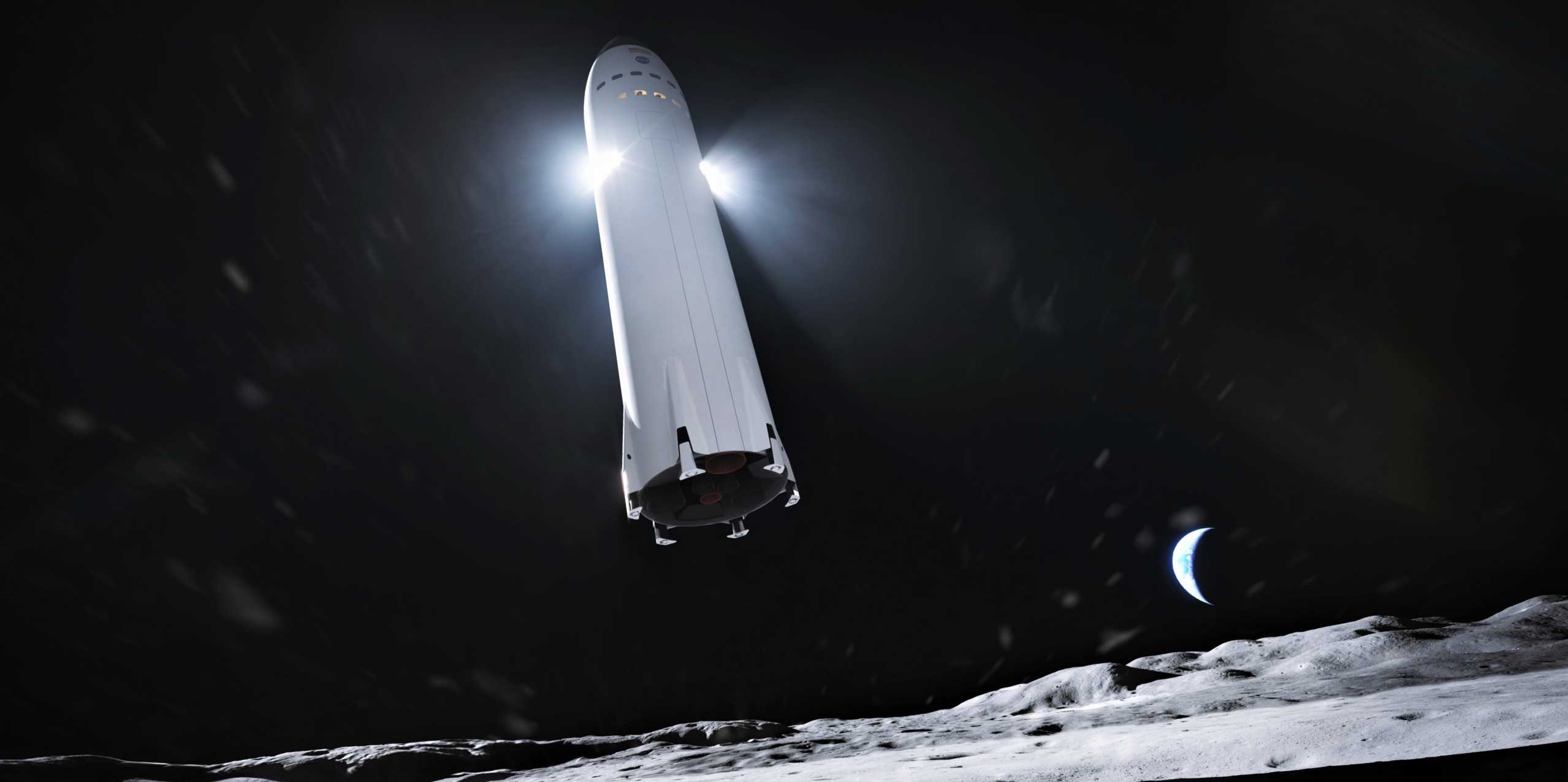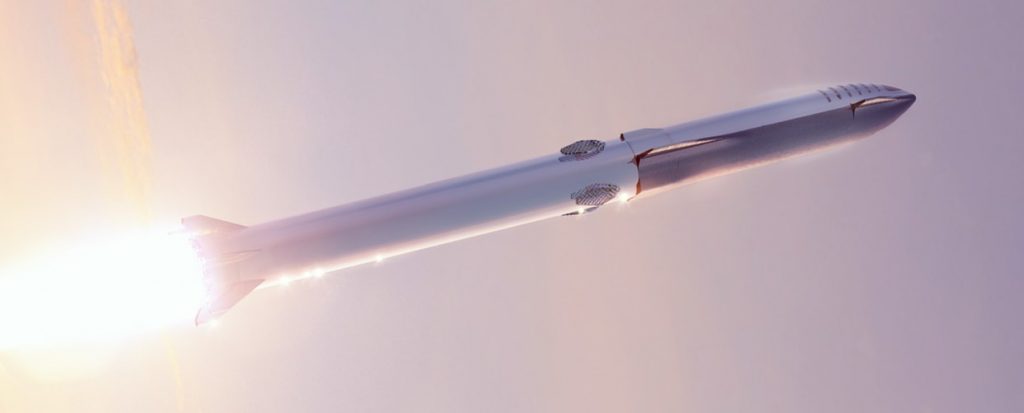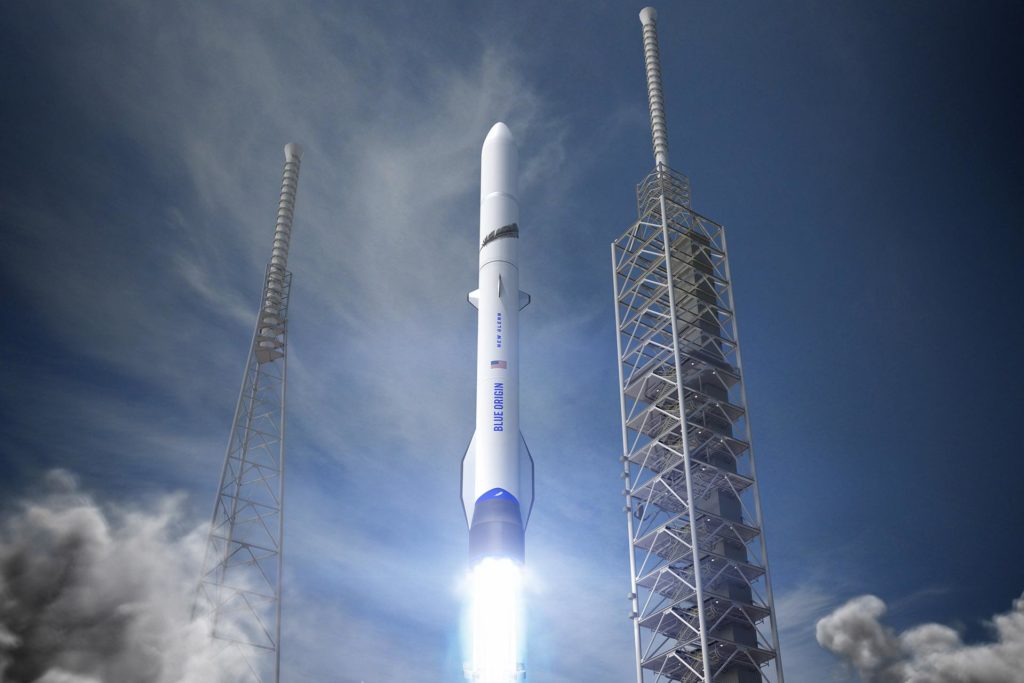

News
SpaceX Starship to land NASA astronauts on the Moon
SpaceX has won part of a new $1 billion NASA contract to create a custom version of Starship designed explicitly to send space agency astronauts and huge amounts of cargo to the Moon.
Incredibly, SpaceX won its Lunar Starship development contract alongside two others awarded by NASA – one to a Blue Origin-led coalition and the other to Dynetics and “more than 25 subcontractors”. Of the three, only SpaceX’s offering is a single-stage lunar lander, while Dynetics wants to build a two-stage lander and Blue Origin wants to build a three-stage lander. It also appears that SpaceX’s custom Starship is the only lander designed to be at least partially reusable, capable of flying “many times between the surface of the Moon and lunar orbit” according to the launch company.
While potentially very exciting, the fate of NASA’s triple-threat Moon lander contract award now rests almost entirely in the hands of Congress. As of today, NASA has committed almost $970 million to the three lunar landers it’s decided to develop, only part of which the space agency appears to have on hand and ready for dispersal. For the program to even begin to approach actual missions to the Moon, let alone astronaut landings, Congress will have to consistently raise NASA’s budget every year for at least the next five to six.
Even insofar as that required budget raise (roughly ~$3B per year) is only a 10-15% increase and is effectively a rounding error relative to the rest of the federal budget, military in particular, the odds that Congress will consistently and fully support it are not great. For example, the Commercial Crew Program (CCP) – set to attempt its inaugural astronaut launch next month – began in 2010 with the expectation it would cost around $7-8 billion and achieve its first crewed launch in 2015 or 2016.
From 2010 to 2015, Congress systematically underfunded the Commercial Crew Program for largely parochial reasons, preferring to put money into projects (typically the Space Launch System rocket, Orion spacecraft, and their launch facilities) that directly benefited their districts or states. Over half a decade, Congress supplied only 60% of the funds CCP had budgeted, a lack of resources that likely directly resulted in years of program delays. Notably, while both Boeing and SpaceX have run into significant technical hurdles and suffered their own technical delays, the companies would have almost certainly been able to discover those hurdles earlier on if they’d had the full CCP budget supporting them.

It’s entirely unclear whether NASA’s new Artemis Moon lander program will have a better or worse time than the Commercial Crew Program. The same parochial SLS/Orion/ground systems interests remain in full force in the US House and Senate and will likely not be pleased by the fact that only one of NASA’s three HLS awards could result in SLS launch contracts. Surprise winner Dynetics has proposed a lander that can launch on either SLS 1B or the United Launch Alliance (ULA) Vulcan Centaur rockets.
SpaceX’s Starship lander will unsurprisingly launch of its own Super Heavy rocket booster, while Blue Origin, Lockheed Martin, Northrup Grumman, and Draper’s lander will almost certainly launch on the former company’s New Glenn rocket.


Ultimately, this is the most significant acknowledgement and support SpaceX’s next-generation Starship rocket has ever received from NASA or the US federal government. Still, of the ~$970 million NASA has initially committed, Starship only received $135 million – nearly half as much as Dynetic received and more than four times less than Blue Origin’s award. NASA is thus clearly hinging its investment on SpaceX’s continued internal support for its next-generation, fully-reusable launch vehicle, as $135 million certainly isn’t enough for even SpaceX to build a building-sized rocket to land astronauts on the Moon.
Regardless, this is certainly one of the most intriguing possible outcomes of NASA’s Human Lander Systems contracts and should keep things very interesting – pending Congressional support – over the next several years.
Elon Musk
Tesla investors will be shocked by Jim Cramer’s latest assessment
Jim Cramer is now speaking positively about Tesla, especially in terms of its Robotaxi performance and its perception as a company.

Tesla investors will be shocked by analyst Jim Cramer’s latest assessment of the company.
When it comes to Tesla analysts, many of them are consistent. The bulls usually stay the bulls, and the bears usually stay the bears. The notable analysts on each side are Dan Ives and Adam Jonas for the bulls, and Gordon Johnson for the bears.
Jim Cramer is one analyst who does not necessarily fit this mold. Cramer, who hosts CNBC’s Mad Money, has switched his opinion on Tesla stock (NASDAQ: TSLA) many times.
He has been bullish, like he was when he said the stock was a “sleeping giant” two years ago, and he has been bearish, like he was when he said there was “nothing magnificent” about the company just a few months ago.
Now, he is back to being a bull.
Cramer’s comments were related to two key points: how NVIDIA CEO Jensen Huang describes Tesla after working closely with the Company through their transactions, and how it is not a car company, as well as the recent launch of the Robotaxi fleet.
Jensen Huang’s Tesla Narrative
Cramer says that the narrative on quarterly and annual deliveries is overblown, and those who continue to worry about Tesla’s performance on that metric are misled.
“It’s not a car company,” he said.
He went on to say that people like Huang speak highly of Tesla, and that should be enough to deter any true skepticism:
“I believe what Musk says cause Musk is working with Jensen and Jensen’s telling me what’s happening on the other side is pretty amazing.”
Tesla self-driving development gets huge compliment from NVIDIA CEO
Robotaxi Launch
Many media outlets are being extremely negative regarding the early rollout of Tesla’s Robotaxi platform in Austin, Texas.
There have been a handful of small issues, but nothing significant. Cramer says that humans make mistakes in vehicles too, yet, when Tesla’s test phase of the Robotaxi does it, it’s front page news and needs to be magnified.
He said:
“Look, I mean, drivers make mistakes all the time. Why should we hold Tesla to a standard where there can be no mistakes?”
It’s refreshing to hear Cramer speak logically about the Robotaxi fleet, as Tesla has taken every measure to ensure there are no mishaps. There are safety monitors in the passenger seat, and the area of travel is limited, confined to a small number of people.
Tesla is still improving and hopes to remove teleoperators and safety monitors slowly, as CEO Elon Musk said more freedom could be granted within one or two months.
News
Tesla launches ultra-fast V4 Superchargers in China for the first time
Tesla has V4 Superchargers rolling out in China for the first time.

Tesla already has nearly 12,000 Supercharger piles across mainland China. However, the company just initiated the rollout of the ultra-fast V4 Superchargers in China for the first time, bringing its quick-charging piles to the country for the first time since their launch last year.
The first batch of V4 Superchargers is now officially up and running in China, the company announced in a post on Chinese social media outlet Weibo today.
The company said in the post:
“The first batch of Tesla V4 Superchargers are online. Covering more service areas, high-speed charging is more convenient, and six-layer powerful protection such as rain and waterproof makes charging very safe. Simultaneously open to non-Tesla vehicles, and other brands of vehicles can also be charged. There are more than 70,000 Tesla Superchargers worldwide. The charging network layout covers 100% of the provincial capitals and municipalities in mainland China. More V4 Superchargers will be put into use across the country. Optimize the charging experience and improve energy replenishment efficiency. Tesla will accompany you to the mountains, rivers, lakes, and seas with pure electricity!”
The first V4 Superchargers Tesla installed in China are available in four cities across the country: Shanghai, Zhejiang, Gansu, and Chongqing.

Credit: Tesla China
Tesla has over 70,000 Superchargers worldwide. It is the most expansive and robust EV charging network in the world. It’s the main reason why so many companies have chosen to adopt Tesla’s charging connector in North America and Europe.
In China, some EVs can use Tesla Superchargers as well.
The V4 Supercharger is capable of charging vehicles at speeds of up to 325kW for vehicles in North America. This equates to over 1,000 miles per hour of charging.
Elon Musk
Elon Musk hints at when Tesla could reduce Safety Monitors from Robotaxi
Tesla could be reducing Safety Monitors from Robotaxi within ‘a month or two,’ CEO Elon Musk says.

Elon Musk hinted at when Tesla could begin reducing Safety Monitors from its Robotaxis. Safety Monitors are Tesla employees who sit in the front passenger seat during the driverless rides, and are there to ensure safety for occupants during the earliest rides.
Tesla launched its Robotaxi fleet in Austin last Sunday, and after eight days, videos and reviews from those who have ridden in the driverless vehicles have shown that the suite is safe, accurate, and well coordinated. However, there have been a few hiccups, but nothing that has put anyone’s safety in danger.
A vast majority — close to all of the rides — at least according to those who have ridden in the Robotaxi, have been performed without any real need for human intervention. We reported on what was the first intervention last week, as a Safety Monitor had to step in and stop the vehicle in a strange interaction with a UPS truck.
Watch the first true Tesla Robotaxi intervention by safety monitor
The Tesla and UPS delivery truck were going for the same street parking space, and the Tesla began to turn into it. The UPS driver parallel parked into the spot, which was much smaller than his truck. It seemed to be more of an instance of human error instead of the Robotaxi making the wrong move. This is something that the driverless cars will have to deal with because humans are aggressive and sometimes make moves they should not.
The Safety Monitors have not been too active in the vehicles. After all, we’ve only seen that single instance of an intervention. There was also an issue with the sun, when the Tesla braked abnormally due to the glare, but this was an instance where the car handled the scenario and proceeded normally.
With the Robotaxi fleet operating impressively, some are wondering when Tesla will begin scaling back both the Safety Monitors and Teleoperators that it is using to ensure safety with these early rides.
CEO Elon Musk answered the inquiry by stating, “As soon as we feel it is safe to do so. Probably within a month or two.”
As soon as we feel it is safe to do so.
Probably within a month or two. We continue to improve the Tesla AI with each mile driven.
— Elon Musk (@elonmusk) June 30, 2025
Musk’s response seems to confirm that there will be fewer Teleoperators and Safety Monitors in the coming months, but there will still be some within the fleet to ensure safety. Eventually, that number will get to zero.
Reaching a point where Tesla’s Robotaxi is driverless will be another significant milestone for the company and its path to fully autonomous ride-sharing.
Eventually, Tesla will roll out these capabilities to consumer-owned vehicles, offering them a path to generate revenue as their car operates autonomously and completes rides.
For now, Tesla is focusing on perfecting the area of Austin where it is currently offering driverless rides for just $4.20 to a small group of people.
-

 News5 days ago
News5 days agoTesla Robotaxi’s biggest challenge seems to be this one thing
-

 News2 weeks ago
News2 weeks agoTesla confirms massive hardware change for autonomy improvement
-

 Elon Musk2 weeks ago
Elon Musk2 weeks agoElon Musk slams Bloomberg’s shocking xAI cash burn claims
-

 News2 weeks ago
News2 weeks agoTesla features used to flunk 16-year-old’s driver license test
-

 News2 weeks ago
News2 weeks agoTesla China roars back with highest vehicle registrations this Q2 so far
-

 News2 weeks ago
News2 weeks agoTexas lawmakers urge Tesla to delay Austin robotaxi launch to September
-

 News2 weeks ago
News2 weeks agoTesla dominates Cars.com’s Made in America Index with clean sweep
-

 News2 weeks ago
News2 weeks agoTesla’s Grok integration will be more realistic with this cool feature





















